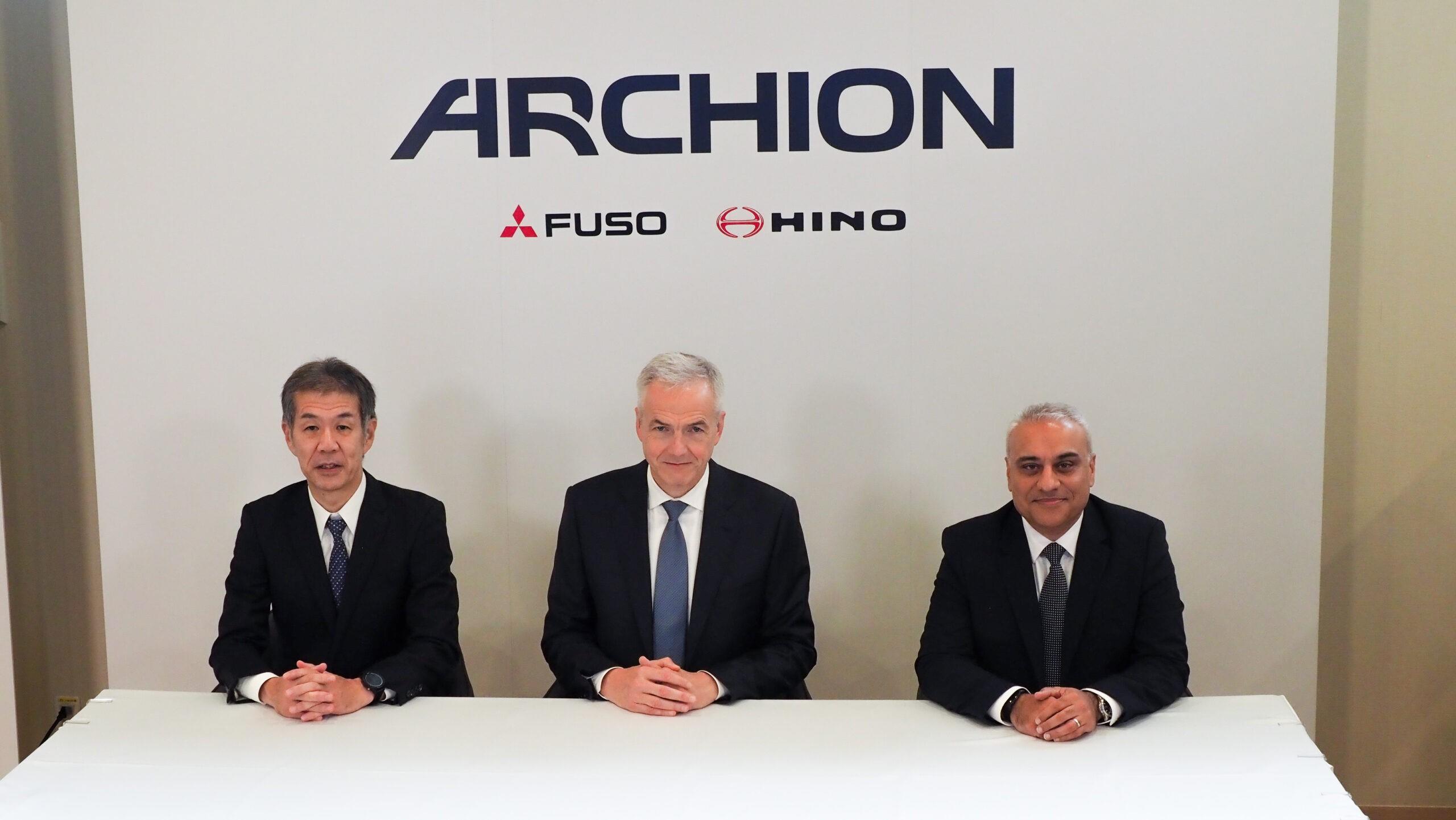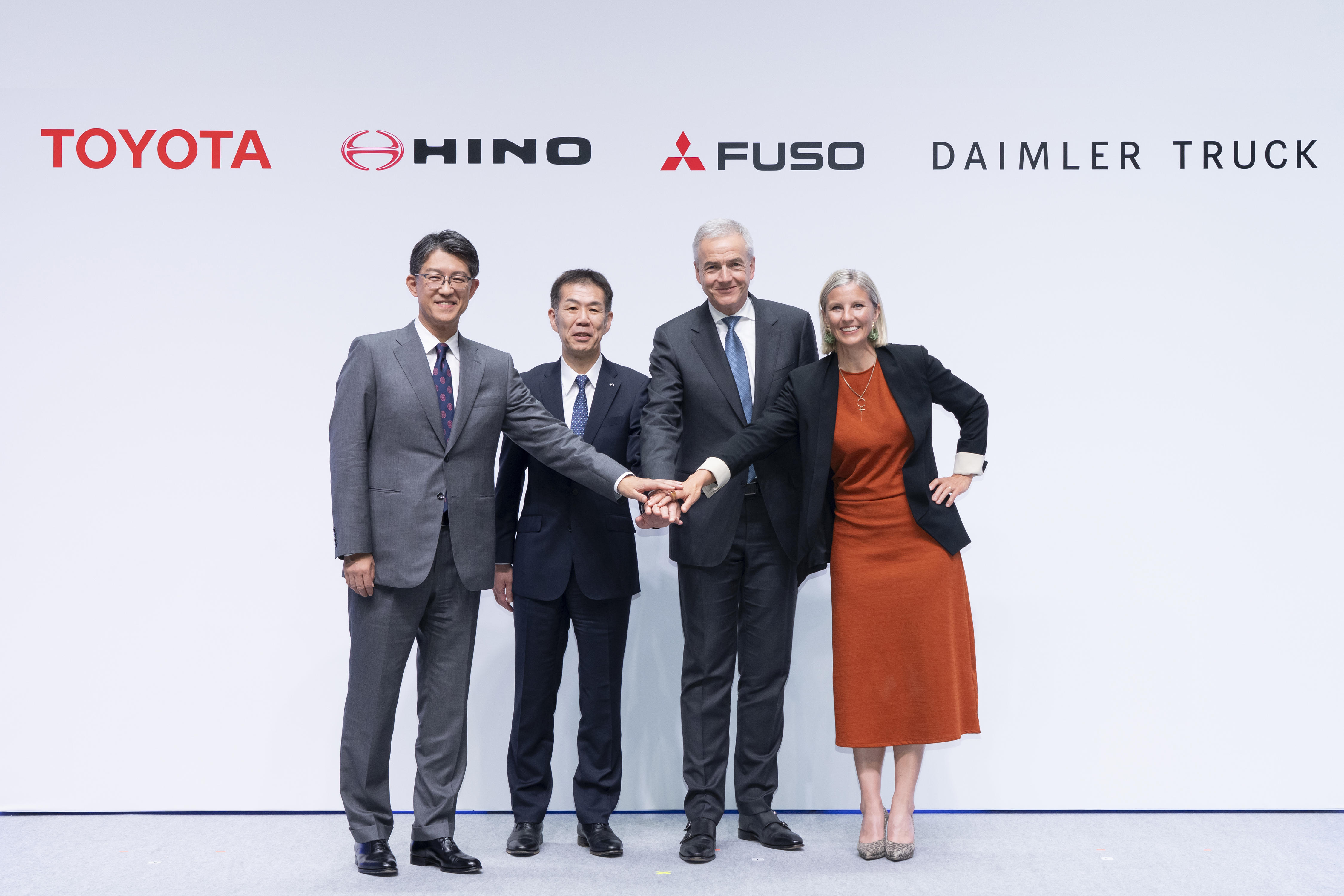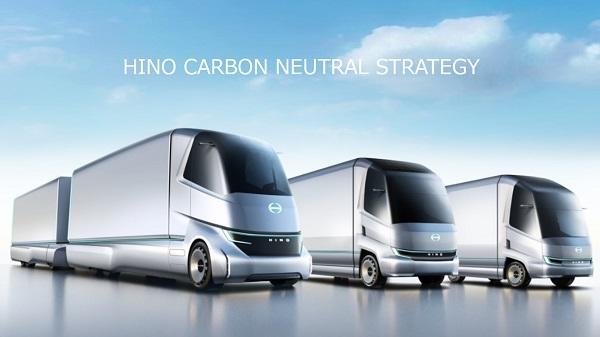HINO TEAM SUGAWARA to Race in Rally Mongolia 2013. - Modified Car 2 to be Tested in the Field -
Jul 22, 2013
In Rally Mongolia 2013, HINO TEAM SUGAWARA will be entering a HINO 500 Series truck that has been modified for the Dakar Rally 2014.
Starting and finishing in Ulan Bator, the "Rally Mongolia 2013" will take contestants through a course approximately 3,000km long over an 8-day period from August 11-18, 2013. As the temperatures in the sand dune stages in the Gobi Desert can reach 40ºC - similar to conditions found in the Dakar Rally - HINO TEAM SUGAWARA has historically considered this rally as an opportunity to field-test its trucks in preparation for the Dakar.
The HINO 500 Series truck that the team will be entering in Rally Mongolia 2013 is a modified version of Car 1 that was driven by Yoshimasa Sugawara in the Dakar Rally 2013. In the Dakar Rally 2014, the truck will be designated Car 2 and driven by Teruhito Sugawara where it will target the team's 5th championship in the Under 10-litre class. The same crew will be piloting the truck in Rally Mongolia 2013, with Teruhito Sugawara in the driver's seat and Hiroyuki Sugiura as the truck's navigator. Additionally, Yoshimasa Sugawara, team director and driver of Car 1 in the Dakar Rally, will be entering this rally as a private entrant on a Suzuki Jimny.
The truck was modified based on the careful scrutiny of the Hino Motors development team of the truck's performance data collected during the Dakar Rally 2013. The team identified three key areas for improvement: aerodynamics, cooling, and steering stability/shock damping.
To improve aerodynamics, the team conducted detailed analyses of air resistance simulations (CAE calculations) based on wind tunnel tests performed using a 1/10 scale model. The decision was made to add a sun visor to the front end of the cabin, after finding that its addition helped smooth the airflow toward the rear of the body and reduce the air resistance coefficient (Cd value).
Cooling performance was improved by adding air scoops that would efficiently move the airflow smoothened by the aforementioned sun visor and directed into the intercooler and oil cooler, both of which are located at the front-top area of the rear body.
In terms of improving the steering stability and shock damping, the team will be testing tapered leaf springs for the first time. While the team has historically used multi-leaf springs, which are made by layering multiple plate springs, they will now be using a new type of spring that is suited for delivering suppler tire strokes in response to the increasing need for speed in racing trucks. Such springs are made of 2 to 3 plate springs, making damping settings very difficult. As such, the team will be using these springs only on the rear wheels in Rally Mongolia to test their behavior.
Moreover, given the improved engine output, the new truck will be fitted with tires that - although having greater driving resistance - also deliver better grip, and better cornering and braking performance. This racing truck was tested on Hino's Hamura Test Course on July 13, and shipped to Mongolia on July 17.
Official Rally Mongolia website (Japanese and English)
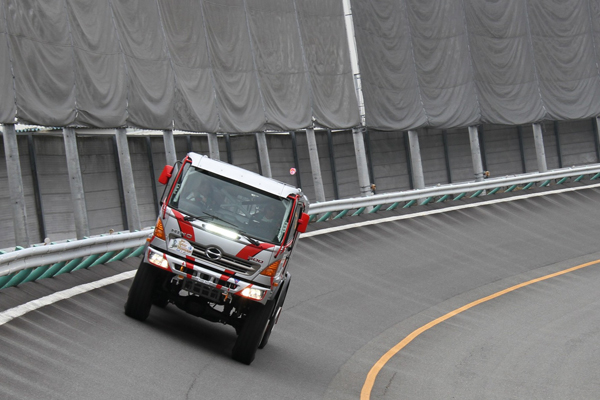
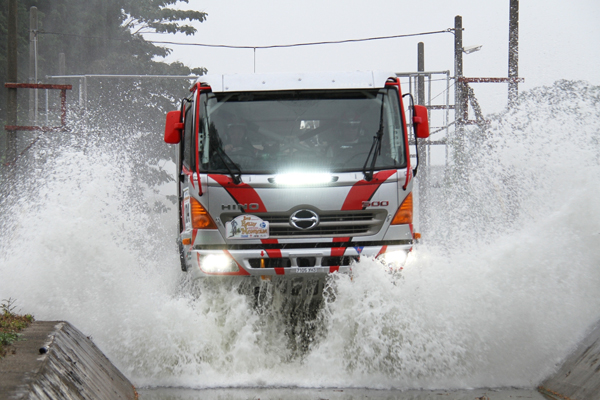
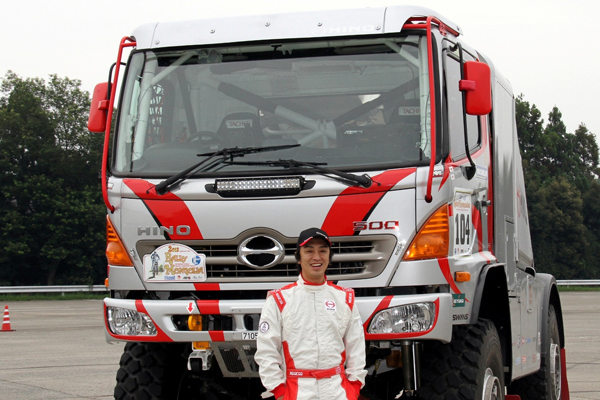
(Hamura Test Course)
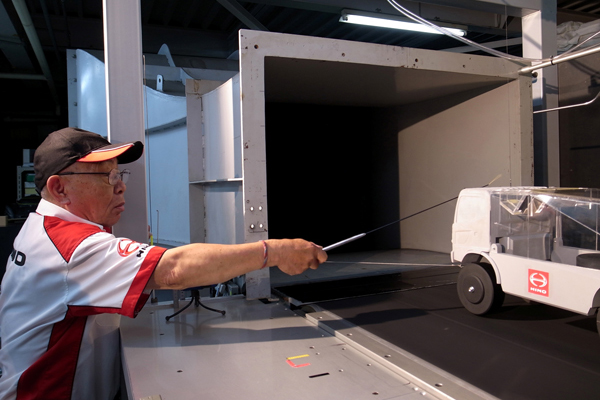
(At Mooncraft Co., Ltd., July 5)
Comments from the crew after the test drive (July 13).
Teruhito Sugawara, driver:
The disk brakes that we switched to in the previous race and the new tires we are using for the first time in this race are a very good match. I've been able to see for myself that braking and cornering performance has improved. While these tires present more driving resistance, which is actually a tradeoff for their better gripping performance, I'm very excited to see how well the truck will drive once we have the new engine computer that is currently undergoing tests at Hino. Also, we haven't seen any of the water temperature issues that plagued this truck in the last Dakar Rally, so I think we will be in top shape for testing at Rally Mongolia.
Hiroyuki Sugiura, navigator:
We made various updates to the truck and I'm relieved that we've been able to complete the test without event. Since Rally Mongolia features many high-speed stages, I'm hoping that the new parts that we tested successfully in the wind tunnel will help us post times that are comparable to that of contestants in the Cars category. While Rally Mongolia is said to be challenging for navigators, I will be making the best of this opportunity to improve the speed and precision of my decision-making as part of my preparation for the Dakar Rally.
HINO 500 Series Car 2 specifications
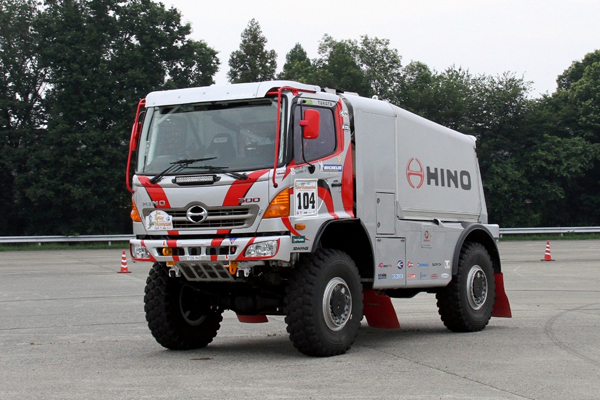
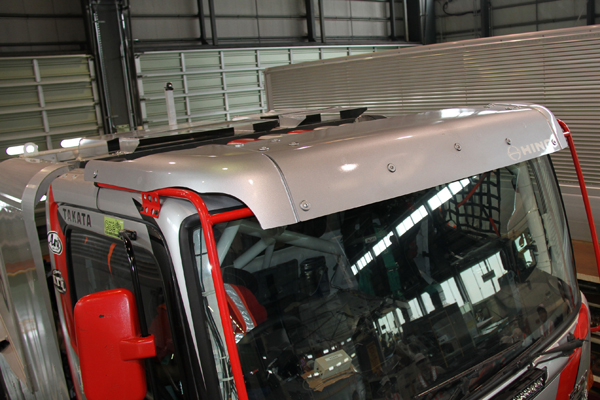
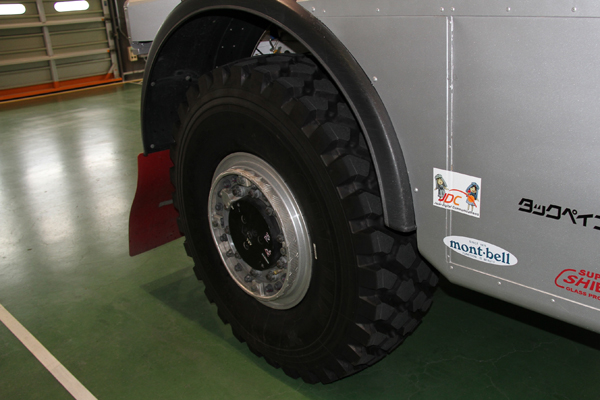
You can scroll horizontally
| Body | |
|---|---|
| Vehicle name | HINO 500 Series |
| Gross weight | 6,700kg |
| Length | 6,150mm |
| Width | 2,420mm |
| Height | 3,050mm |
| Wheelbase | 3,750mm |
| Rear body | Tube frame and tarpaulin mounted on mainframe |
| Engine | |
| Engine model | J08C-TI (turbo with intercooler) |
| Engine type | Diesel 4 cycle In-line 6 cylinders |
| Displacement | 7,961cc |
| Maximum output / rpm | 450ps / 2,700rpm |
| Maximum torque / rpm | 138kgm / 1,600rpm |
| Fuel injection system | Electronically-controlled fuel injection (common rail) |
| Fuel tank capacity | 600L |
| Drive system | |
| Drive type | Part time four wheel drive, differential lock with front and rear |
| Clutch | φ380mm single plate |
| Transmission | 6-speed direct drive with secondary transmission |
| Transfer | 2-speed (Hi-Lo) |
| Axle | Hub reduction axle |
| Suspension | |
| Suspension type | Front multi-type leaf springs and rear taper-leaf springs with stabilizer and twin dumper |
| Stabilizer | Rear: on-off controlled droplink |
| Damper | Reiger twin tube with separated tanks double piston (Compression: dual circuit 20 level controlled damping force / Rebound: 20 level controlled damping force) |
| Brake | Brembo ventilated disk brake opposing 4-pot calipers |
| Tire | Michelin XZL 14.00R20 |
| Wheel | Hutchinson forged aluminum wheel |
| Central Tire Inflation System | Teleflow CTIS (4-wheel independent control) |
| Steering | Ball nut type (integral type power steering) |


